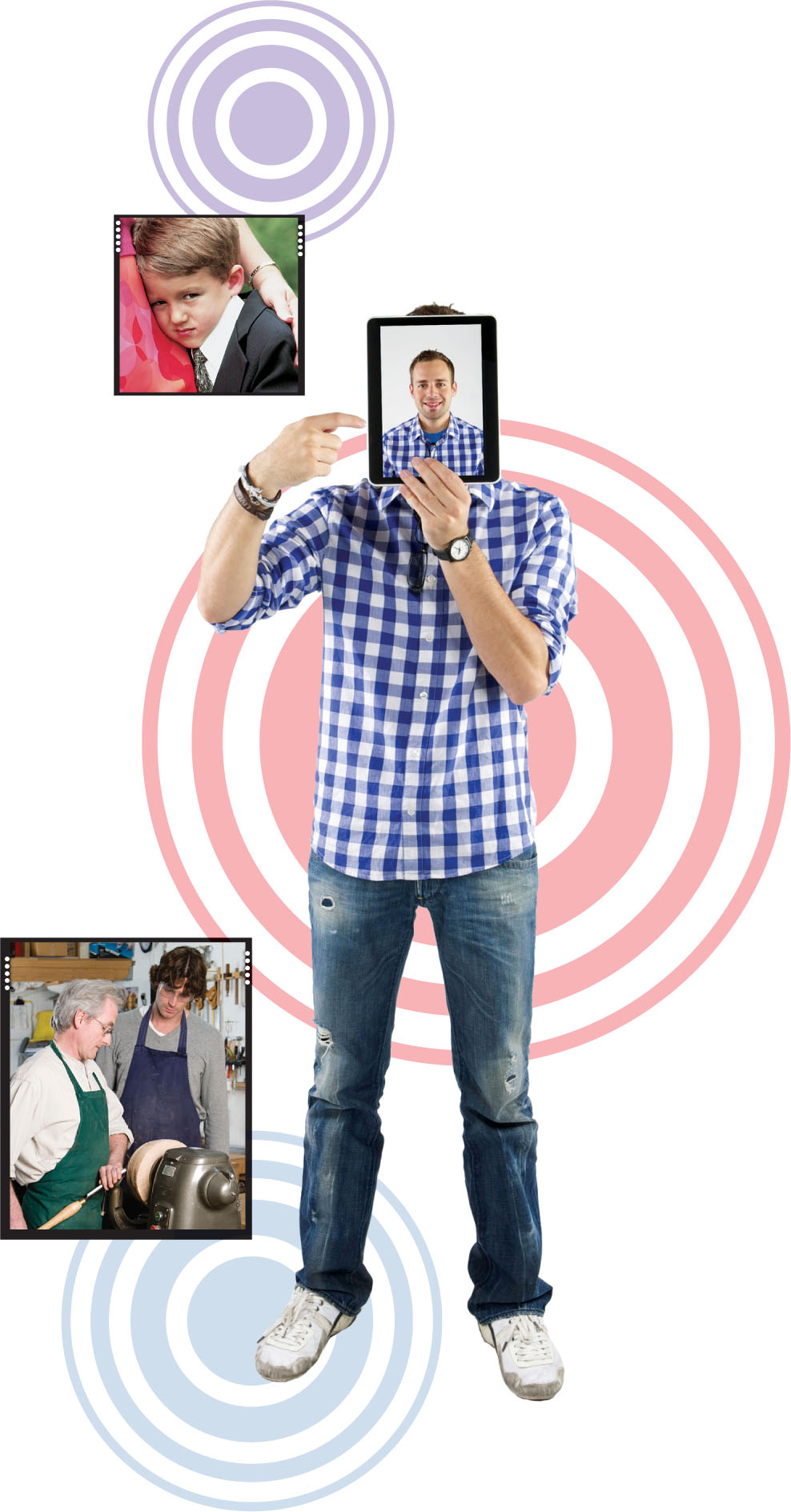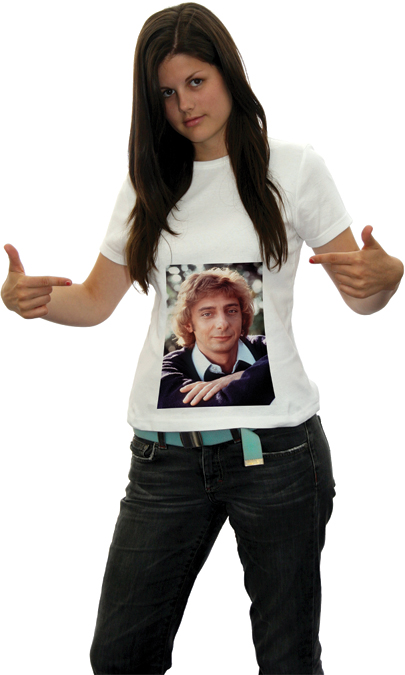310


Psychodynamic Theories- Freud’s Psycho analytic Perspective: Exploring the Unconscious
- The Neo-Freudian and Later Psychodynamic Theorists
- Assessing Unconscious Processes
- Evaluating Freud’s Psychoanalytic Perspective and
Modern Views of the Unconscious

Humanistic Theories- Abraham Maslow’s Self-Actualizing Person
- Carl Rogers’ Person-Centered Perspective
- Assessing the Self
- Evaluating Humanistic Theories

Trait Theories- Exploring Traits
- THINKING CRITICALLY ABOUT: The Stigma
of Introversion - Assessing Traits
- The Big Five Factors
- Evaluating Trait Theories

Social-Cognitive Theories- Reciprocal Influences
- Assessing Behavior in Situations
- Evaluating Social-Cognitive Theories

Exploring the Self- The Benefits of Self-Esteem
- Self-Serving Bias
- Culture and the Self
| 11 | Personality |

|
311
Lady Gaga dazzles millions with her unique musical arrangements, tantalizing outfits, and provocative performance theatrics. In shows around the world, Lady Gaga’s most predictable feature is her unpredictability. She has worn a meat dress to an award show, performed in a plastic bubble dress, and caused President Barack Obama to describe his interaction with her as “a little intimidating” in light of the 16-inch heels she wore.

Lady Gaga’s fans and critics can depend on her openness to new experiences and the energy she gets from the spotlight. But they can also rely on her careful, painstaking dedication to her music and performances. She describes herself in high school as “very dedicated, very studious, and very disciplined.” Now, in adulthood, she shows similar self-discipline: “I’m very detailed—every minute of the show has got to be perfect.”

Lady Gaga exhibits distinctive and enduring ways of thinking, feeling, and behaving. Earlier chapters focused on the similar ways we develop, perceive, learn, remember, think, and feel. This chapter emphasizes what makes us unique—our personality .
Much of this book deals with personality. Earlier chapters considered biological influences on personality, personality development across the life span, and how personality relates to learning, motivation, emotion, and health. Later chapters will study social influences on personality and disorders of personality. This chapter focuses on personality itself—what it is and how researchers study it.
We begin with two historically important grand theories of personality that have become part of our cultural legacy. Sigmund Freud’s psychoanalytic theory proposed that childhood sexuality and unconscious motivations influence personality. The humanistic approach focused on our inner abilities for growth and self-fulfillment.
The chapter then explores today’s more scientific study of personality. We’ll look at the traits that define our uniqueness. We’ll see how biology, psychology, and environment together influence personality. Finally, we’ll note how our concept of self—that sense of “Who I am”—helps organize our thoughts, feelings, and behaviors.
312